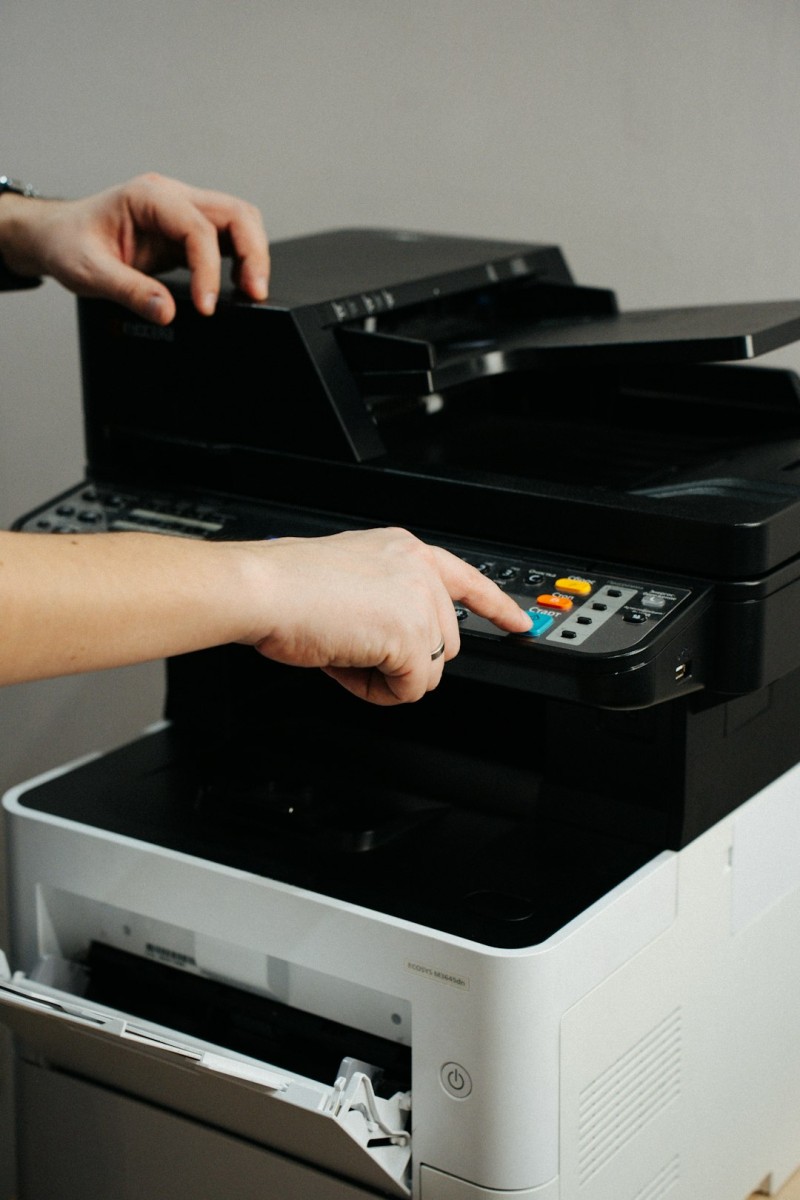Software for Asset Management: A Complete Guide
Imagine trying to keep track of every computer, chair, vehicle, or printer in a company. Sounds exhausting, right? That’s why businesses use asset management software. It makes life easier, smarter, and way more organized.
What is Asset Management Software?
It’s a tool that helps companies monitor everything they own — from laptops to buildings. It keeps data in one place so you know where things are, who’s using them, and when they need maintenance.
Think of it as a digital inventory manager with a better memory than a human.
Why Use Asset Management Software?
Here’s why businesses love it:
- Saves time: No more searching for lost assets.
- Saves money: Avoid buying duplicates you already have.
- Improves security: Know who’s using your devices.
- Boosts efficiency: Less chaos, more control.
You don’t need to be a tech wizard to use it. The best software is user-friendly and fun to work with.
Key Features to Look For
Looking for asset management software? Here’s what to check:
- Tracking: Know where your assets are at all times.
- Scanning: Use barcodes or QR codes for quick updates.
- Maintenance Logs: Schedule repairs and reminders.
- Reporting: Get smart insights on asset usage.
- Cloud Storage: Access your data from anywhere.
Some tools even come with mobile apps — so you can manage stuff on the go.
Who Needs It?
Almost every business!
- IT departments — to manage computers and servers
- Construction companies — to track tools and vehicles
- Schools — to maintain projectors, laptops, and more
- Healthcare — to monitor medical equipment
If your business owns things, you probably need asset management.
Popular Asset Management Tools
There are many out there, but here are a few rock stars:
- Freshservice – Great for IT teams
- Snipe-IT – Free and open-source
- Asset Panda – Super customizable
- GoCodes – Barcode-based tracking
- Zoho Asset Management – Works well with other Zoho tools
Try demos before choosing. What works for one company might not be the best for another.
Setting It Up
Worried about setup? Don’t be! It’s easier than you think.
Here’s what setup usually looks like:
- List your assets – Create a complete inventory.
- Tag your stuff – Add barcodes or RFID labels.
- Input data – Names, users, purchase dates, etc.
- Get everyone on board – Train your staff to use the software.
After setup, you can sit back and let the software work its magic!

Tips for Success
Want to get the most out of your asset management software? Follow these tips:
- Keep data updated – Delete old assets and add new ones.
- Assign responsibilities – Have someone in charge of tracking.
- Review reports – Use the insights for smarter decisions.
- Plan maintenance – Don’t wait until something breaks down.
The Future of Asset Management
New tech is making asset management even cooler. We’re talking about:
- AI – Predict when assets might fail
- IoT – Get real-time tracking updates
- Blockchain – Create tamper-proof asset trails
The future is smart. And with the right software, so is your business.
Final Thoughts
Asset management software is no longer a luxury — it’s a must-have. It helps you stay organized, save money, and make better decisions. Plus, it’s pretty fun to use once you get the hang of it!
So go ahead — pick a software, tag your gear, and take control of your chaos.
Your assets will thank you.



